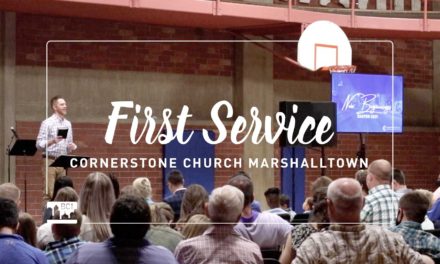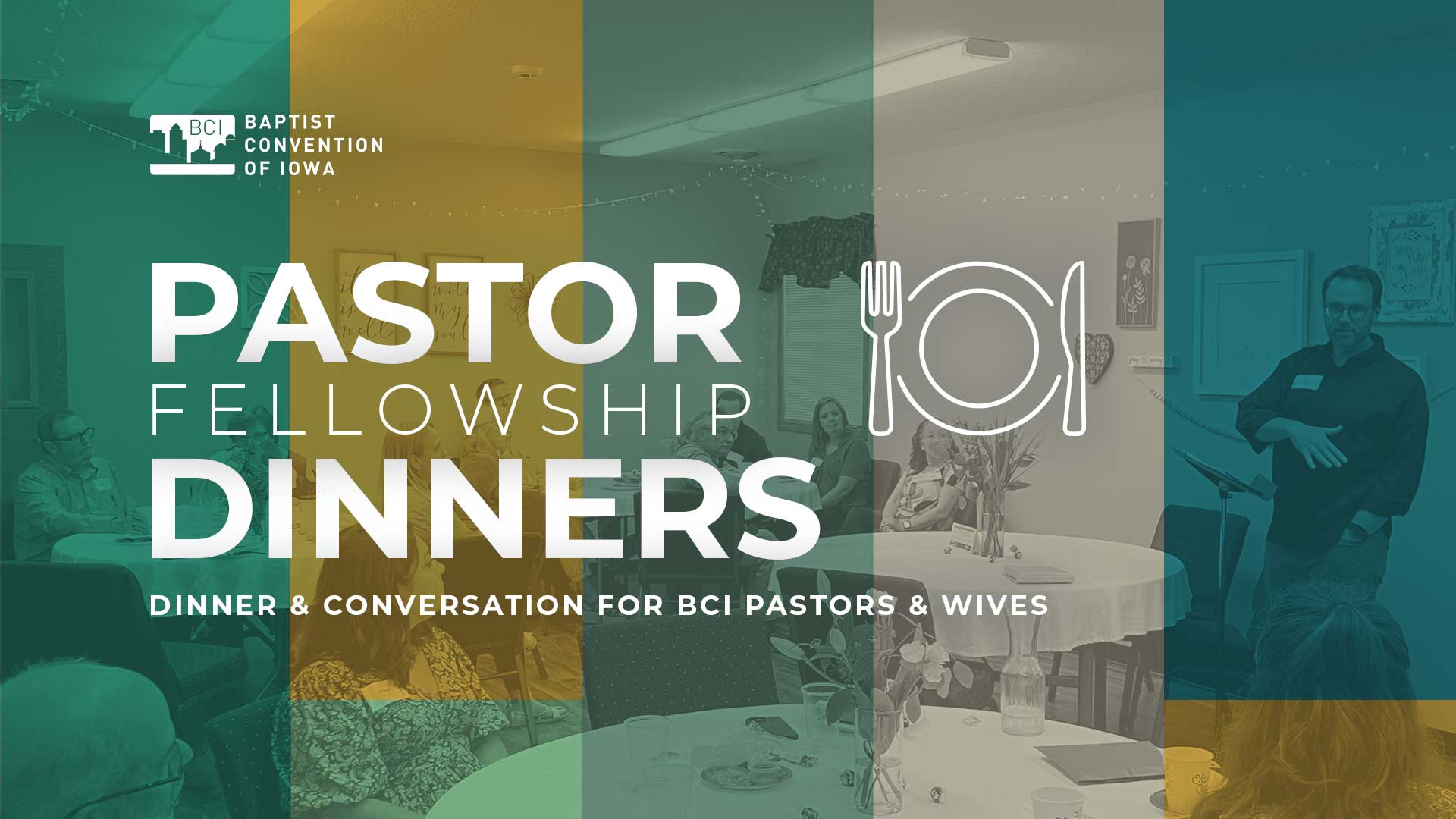The Baptist Convention of Iowa hosted a church-planting summit for thirty-four church planters from ten churches at Grace Church in Des Moines on Tuesday, May 27.
 The attendees were from among the leaders of churches that have recently planted a church, or leaders of a new church in Iowa. The purpose of the summit was for these leaders to get to know one another, share church planting approaches and experiences, and continue the momentum to start churches in new communities in Iowa.
The attendees were from among the leaders of churches that have recently planted a church, or leaders of a new church in Iowa. The purpose of the summit was for these leaders to get to know one another, share church planting approaches and experiences, and continue the momentum to start churches in new communities in Iowa.
The agenda for the meeting was to discuss six key issues in church planting. For each issue, three presenters who had some expertise on the topic, gave a five-minute presentation that summarized how their church dealt with the issue. Presentations also included advantages and disadvantages of the approach used as well as sharing lessons learned from the experience. The presenters also prepared one-page summary papers so that by the end of the meeting, attendees could take home a folder of three perspectives on each of six key issues.
Six Key Issues in Church Planting:
- Selecting the location for a new church; city population, growth rate, city culture, location of current members, leader affiliation?
- Selecting the meeting site; school, theater, existing church, hotel?
- Selecting leaders; from local church, from outside, qualifications, how deep to cut from your own church’s staff?
- Funding; a lot at the beginning, spread out over five years, how much is too little or too much, denominational support, raising funds, expectations of giving from new congregation, sponsoring church?
- Providing local oversight to church leadership at the beginning; sponsoring church leaders, interim leadership team, how to transition to local leadership?
- Should we multi-site; what kind of initial leadership, what is too close or too far, funding, use of video?
For his presentation on multi-site churches, Mark Arant from Veritas Church in Iowa City gave a scenario where a rapidly growing church discovered that a significant number of people were coming from a nearby city. Mark asked participants to get into four groups depending on whether they would start a new church in the nearby city, start a multi-site congregation in the new city, some combination of the two, or decide to do nothing for now. When attendees made a choice and gathered into groups, each group had to defend why they chose the selection. This was a valuable exercise in finding advantages and disadvantages to a multi-site approach to church planting.
“I thought the meeting was very valuable to highlight the importance of church planting in our state,” Executive Director Tim Lubinus commented. “Several of the key leaders had not yet met one another, and the summit provided a way to exchange ideas to encourage one another.”
Because presenters were pretty excited to share their stories, it was nearly impossible to keep their presentations under five minutes each. This cut into the time planned for interaction. Lubinus stated, “The next time we host a similar meeting I’ll schedule a few less presentations, work harder to hold people to their allotted time, and plan more time for interaction.”







